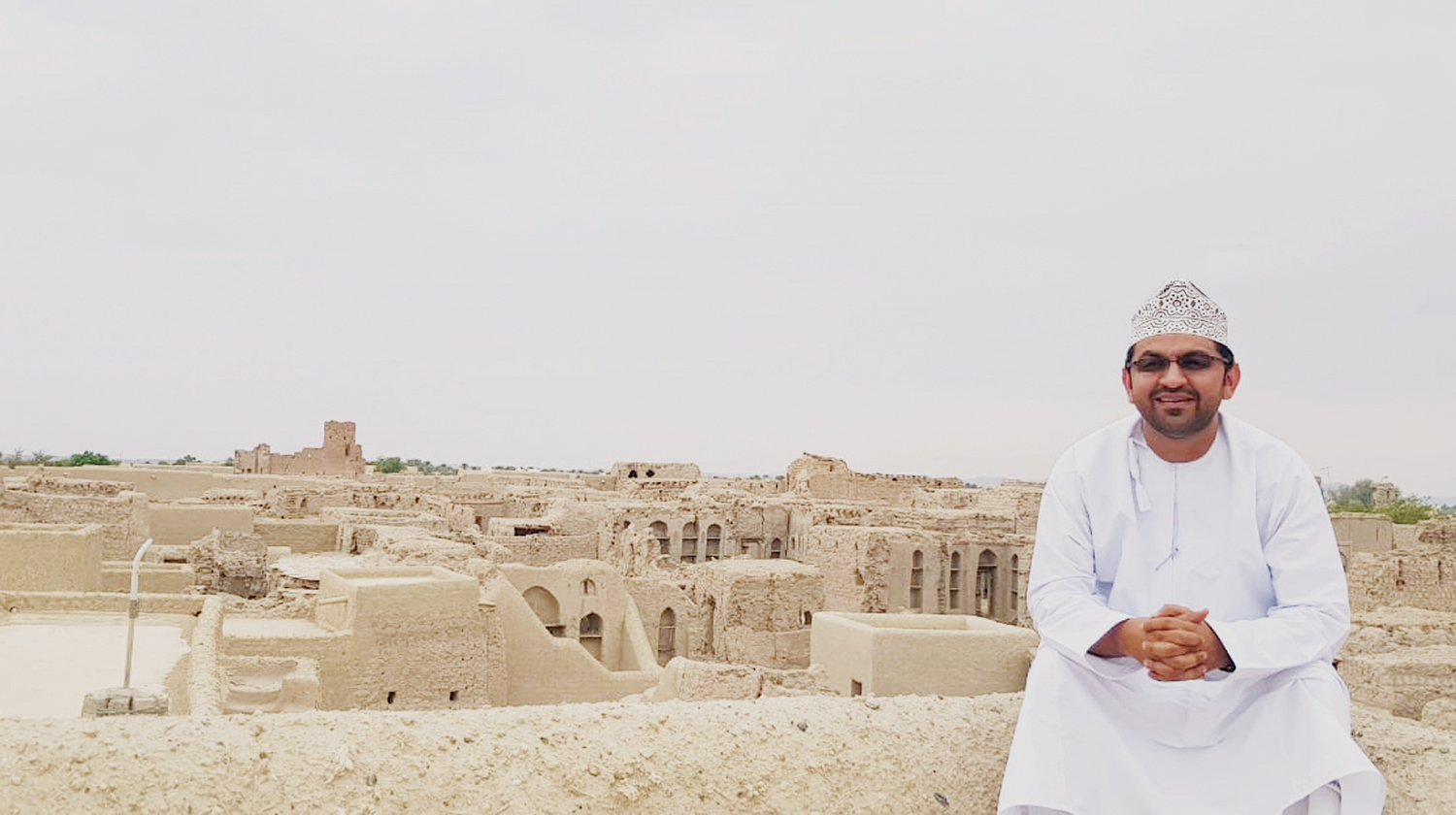

Muscat, July 9 - Modern architecture should take inspiration from old Oman oases to design energy efficient houses and buildings rooted in nature that foster sense of community. “I wish we can learn from the old Oman Oases how it was planned and how people were connected together. In today’s world, people are building closed boxes. The residents are not connected to the neighbourhoods. I think it is not too late to take the lesson from the old settlements in Manah, Harat Al Bilad.
The government is trying to restore old settlements so that public can observe the techniques they used in the past. We are not saying come and live in the old settlements, but we are saying come and observe their planning skills, designing techniques and we can incorporate in our life today,” said architect Ali Jaffar al Lawati (pictured). “Paolo Maria Costa, who documented the early architecture of Oman, describes that the architecture was directly connected to the water resources. As Oman is divided by the Hajr Mountains we have the coastal and mountainous areas, and of course the desert.
The diverse geography of Oman resulted in the diversity of materials and architectural styles,” said Al Lawati, who is also an editor of the magazine, The Engineer, published by The Omani Society of Engineers. He cited the examples, “On the Batinah coast and in Sharqiyah, the houses are built using palm fronds. It allows the sea breeze to flow through the houses. But when we move to the interior to the foothill settlements we could see that the priority there was the agriculture. As agricultural land is important, people avoided building on the soil and preferred to build on hard rocks.
They used stones from mountains to build the structure. They adjusted the orientation of the houses in such a way that they can keep an eye on their farms and the air that passes through the trees would cool down by the time it reached towards the house. It is defensive architecture technique as well. When we go further up to the mountains such as Jabal al Akhdhar, the terrain is very steep and construction was very difficult. The architectural style sees the usage of stones only as the agricultural area is limited. The step farming is applied to protectthe soil. Thewateristhe second
important factor after agriculture. We might have the clean water but the land is not available so water channels were constructed to bring water from underground, going over bridge and across valleys. They were designed mathematically carefully calculating the slopes. These channels have been functioning for over 400 years.”
Another terrain that sees a completely different concept of residential structure is Musandam. “Bait al Al Qufl is a distinct feature of Musandam. People lived inside the mountains so when looked from outside these houses may not be seen as it was difficult to distinguish whether it is a natural cave or a home. The early recordings of architecture in the Arab countries indicate the
stone structures were mainly dedicated for mosques and places of education. Normal houses were constructed with mud bricks, but the houses in Dhofar were built with stones because of its
strong tradeinfrankincensewithancient civilisations of Egypt, Mesopotamia and others,” explained Al Lawati. While the modern tools and materials bring in efficiency there is a need to preserve the history. “We talk about sustainability now, but our forefathers were already practising it. Theywere recycling the greywater. For example, the way they used the Afalaj water. In the beginning they used the fresh water for drinking, followed by washing, and then forthe farms.Today people are also trying to adjust the positions and sizes of the windows by calculating the movement of the sun and wind direction. They are building the structure with concrete and steel but with the other walls they are also trying to build with bricks made out of mud. In Muscat, there are a number
of villas that have utilized these mud bricks. But it is not enough. We need to spread awareness and that is what I am doing now to spread the best practices in the culture of architecture through the programme called Voice of Architecture on Radio Oman,” he noted.
Oman Observer is now on the WhatsApp channel. Click here



